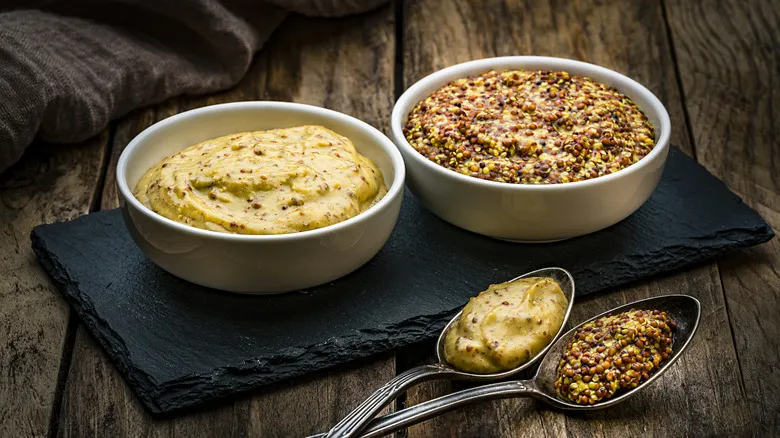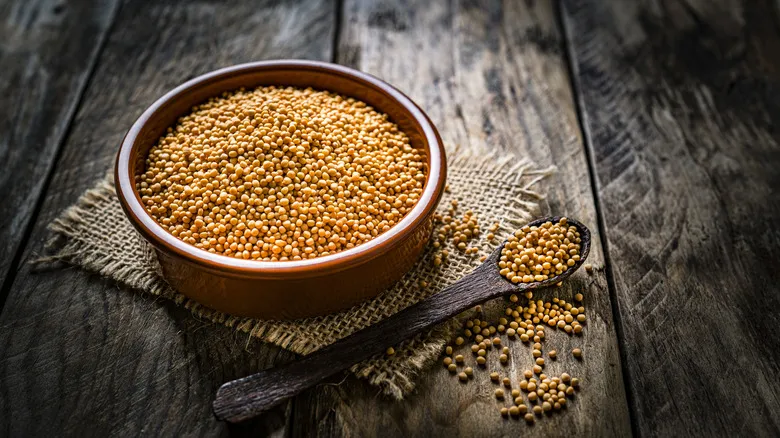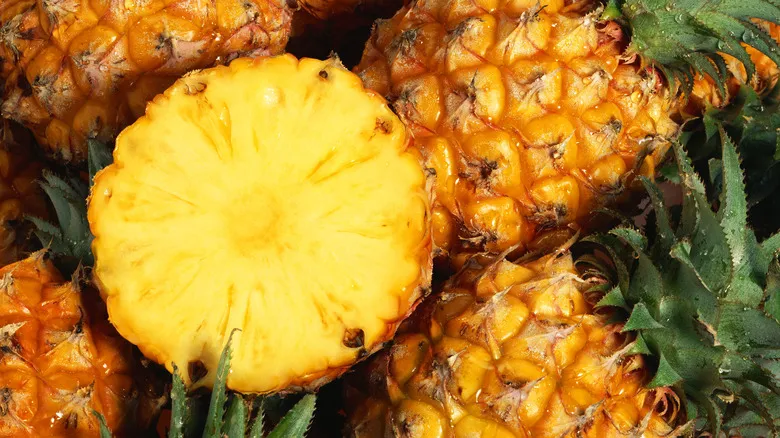A French way of mustard

However, it's important not to assume that all mustards labeled as Dijon are of the same quality. The Dijon label does not necessarily indicate the mustard's place of origin. Unlike other French culinary products that are named after their geographic locations—like Champagne—Dijon mustard is not bound by such geographic restrictions. This is because Dijon mustard does not fall under the appellation-controlled category. The AOC, or appellation d'origine contrôlée, is a French certification that specifies the region of origin for various agricultural products, ensuring they are cultivated in the appropriate soil and climate to achieve optimal quality.
That said, the absence of these restrictions does not mean you can't find a genuine and delicious Dijon mustard. To ensure you're purchasing authentic Dijon mustard, look for the letters "IGP" on the label. IGP stands for Indication Géographique Protégée, which signifies that the mustard seeds used in your Dijon mustard are sourced from local seeds and local wine. The typical wine used in Dijon mustard is Aligoté, although Chardonnay and Chablis are also sometimes included.
Variations on a classic seed

Certainly! Here’s a rewritten version of the text:
Dijon mustard, while not an everyday staple, can be crafted in numerous ways with diverse ingredients. Some varieties feature coarsely ground seeds, while others are smooth in texture. Additionally, certain Dijon mustards utilize verjuice instead of wine, while others blend both. A notable example is the Edmond Fallot black currant Dijon mustard, which merges the taste of black currant with mustard, resulting in a pink hue and unique flavor profile. Edmond Fallot also offers a Dijon mustard made with Pinot Noir, a red wine, contrasting with the white wine typically found in traditional Dijon recipes.
Exploring the vast array of mustard options—from classic American yellow to honey mustard, spicy brown, and the cherished Dijon—can help you unlock the full potential of this versatile condiment. Dijon, in its many variations, enhances a wide range of dishes, including simple deviled eggs and grilled salmon. Don’t hesitate to experiment with different types of Dijon in your culinary adventures; you may discover a whole new realm of flavors inspired by French cuisine.
Recommended

Common Cutting Board Mistakes And How To Avoid Them

The Best Type Of Cheese To Pair With Pineapple

How Ketchup Can Help Clean Burnt Sugars From A Pan

Mistakes Everyone Makes With Pasta Salad
Next up

